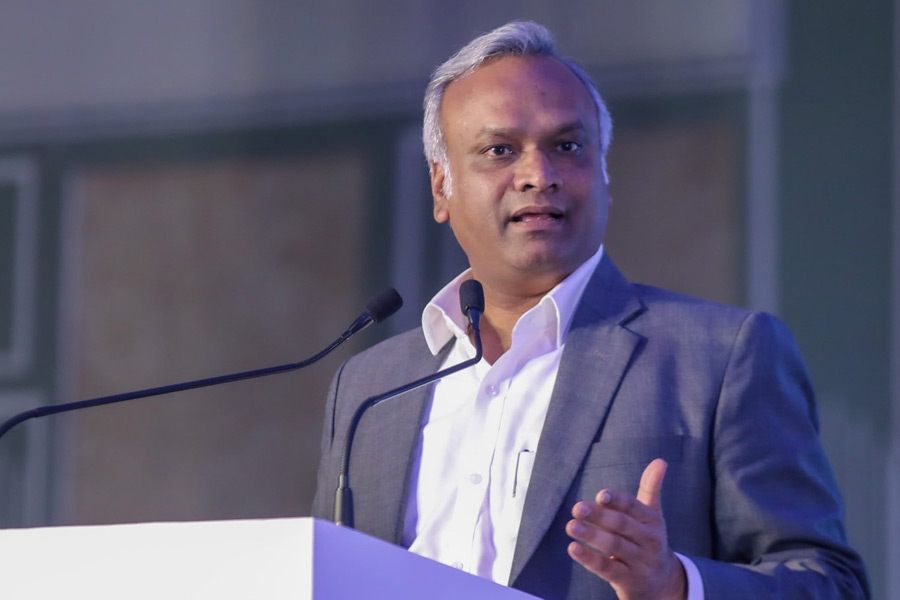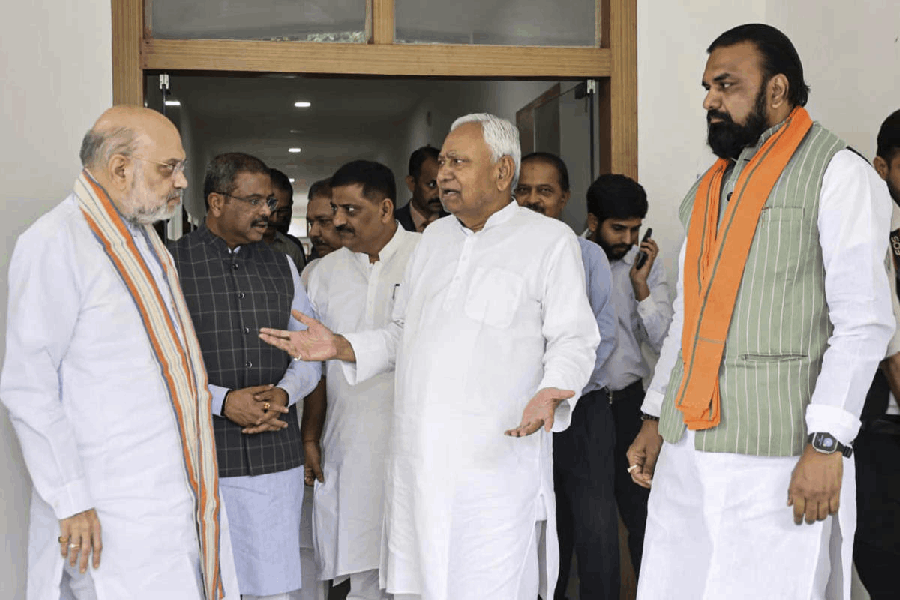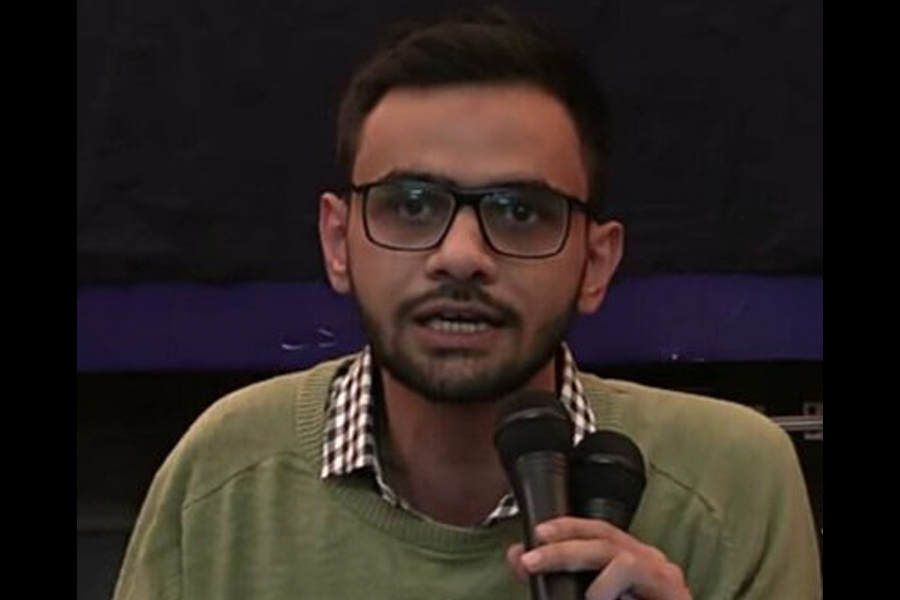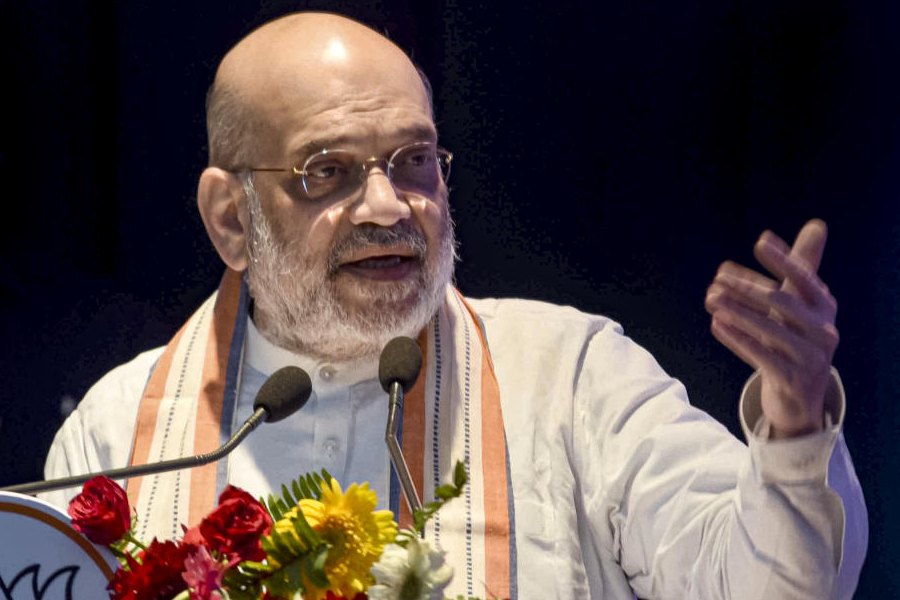 |
| A participant at the Robocon Asia Pacific 2008 |
Govinda ala re…ala/ Zara matki sambhal brijbala. This is a dahi-handi ritual with a difference. Govinda is a robot, and there is not one or two but four of them. And the action area isn’t just another blocked road in Maharashtra on Janmashtami, but a game field in Pune with hundreds of engineering students cheering on.
Seventeen international teams, including two from India, assembled at the Maharashtra Institute of Technology (MIT), recently, for the Robocon Asia Pacific 2008, an international robotics championship organised by the Asia-Pacific Broadcasters Union (ABU).
Manual and automatic robots, designed by engineering students from the participating countries were set tasks modelled on the lines of the famous ritual, immortalised by numerous Bollywood flicks.
Robocon began in the year 2002 with the motive of fostering good relations between the Asia Pacific nations. The contest is generally based on a theme that is unique to the culture and traditions of the host country. Robocon in China had robots climbing the Great Wall of China. In Vietnam, the robots had to carry cylindrical blocks (symbolising pearls) to build various kinds of islands symbolising the mythical islands “Ha Long” and “Bai Tu Long”. This year, India being the host, MIT officials announced that dahi-handi was the theme. “We wanted the competition to be based on an Indian mythological event that could also be converted into a game. After extensive contemplation, we finally settled on the dahi-handi ritual,” said Sunil Karad, executive director of MIT and chief convenor of Robocon 2008. With the host country being allowed two teams, the winner of the domestic Robocon 2008, Nirma Institute of Technology (NIT), Ahmedabad, and the runner up, MIT, participated in the international event.
The robots, playing in a 1450cm x 1300cm game field divided into manual and autonomous zones, offered an interesting sight. Eight baskets, called gopis, were placed along the two facing ends. Two peripheral bowls containing white cheese balls and a central bowl containing a yellow butter cube were placed diagonally across the centre of the field. To score points the robots had to collect these. Each team had the option of using one manual and three automatic robots.
The game began on a high note but the excitement waned when MIT failed to make it to the quarterfinals and NIT, despite putting up a good fight, couldn’t reach the semi-final. This highlights the puniness of the Indian robotics fraternity. As V. Anand, 21, who had helped MIT design its robots for the event, put it: “The technology that we used in building the robots is primitive. The sensors used by us are not as sophisticated as those used by the Chinese or the others. I think China has a fair chance of winning the championship.” His prediction proved true.
It was evident from India’s poor show at Robocon that robotics has never been a priority for Indian innovators. “In the past few years we have developed our own techniques, but you can’t compare them with those of the Chinese or the Japanese. They use robots for industrial manufacturing, while in India it’s just an emerging trend,” said Professor C. Amarnath, of the department of mechanical engineering, Indian Institute of Technology, Mumbai.
What’s more amazing is the lack of interest. “India has 1600-odd engineering institutes, of which only 38 participated in the domestic round of the competition. Look at Vietnam. Their national contest had 360 participating institutes. Maybe because of limited scope, such mass interest is lacking in India,” said Dr Milind Pande, project director, MIT School of Telecom Management.
Amidst all the excitement, Dr Koo Voon Chet, associate dean, faculty of engineering and technology, Malayasia, observed, “I saw one of the Indian teams perform quite well. They had the accuracy, speed and strategy. But they lost out owing to poor sensor and motor parts. I wonder why they still use such primitive programming.” Conceding this, Dr Pande says, “Building a quality robot requires synchronised amalgamation of mechanical, electrical, polymer and computer engineering. And if you want to make a single such robot it is likely to blow a hole of Rs 7 lakh to Rs 10 lakh as most of the parts have to be imported.”
Lack of funds notwithstanding, Indian engineers do not have the drive or interest to innovate, something that characterised in their east Asian counterparts.










